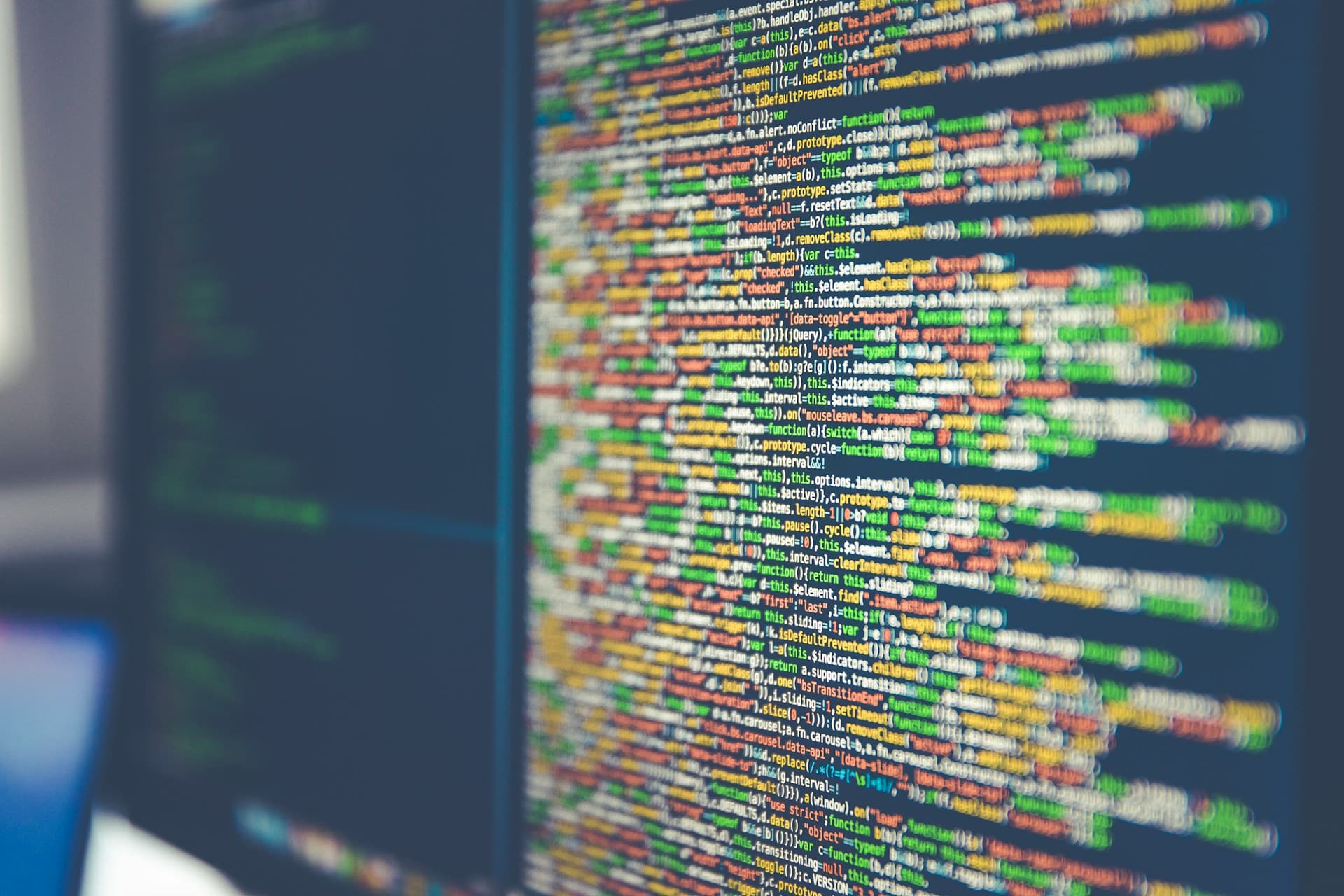
The Role of Artificial Intelligence in Reliability Engineering
- Industrial Challenges in Reliability & Maintenance
- Artificial Intelligence Terminologies You May Come Across.
- Major Trends in AI for Reliability Engineering
- Applications of AI in Industrial Settings
- Technical and Natural Language Processing in Reliability
- Leveraging AI for Improving Root Cause Analysis
- AI Applications in Industry
- Overcoming Challenges
- Conclusion
With over two decades in business – spanning strategy consulting, tech startups, and executive leadership – I am committed to helping your organization thrive.
At Reliability, we’re on a mission to help enhance strategic decision-making and operational excellence through the power of Root Cause Analysis, and I hope this article will be helpful!
Our goal is to help you better understand root cause analysis by offering insights and practical tips based on years of experience. Whether you’re new to doing RCAs or a seasoned pro, we trust this will be useful in your journey towards working hard and working smart.
———————
Hey AI, write me an article on advancements in reliability excellence. AI, “will do”. Now here we are at a crossroad, are you reading an article that is from Reliability or AI?
AI has made an impact on every field at work and now especially engineering. In this article we will be breaking down how AI is impacting Reliability Engineering and the challenges we face with and without AI.
Industrial Challenges in Reliability & Maintenance
What is life without any challenges?
It creates in us the drive to change and break the old cycles. In the industry of engineering, challenges are an everyday adventure. Here are some challenges we find the most relatable and impactful:
- Maintenance is expensive ($193.6 billion in 2016) and expertise-driven. (NIST, 2018)
- Downtime can cost $22,000 per minute on average. (Forbes, 2022)
- The average manufacturer deals with 800 hours of downtime per year. (Forbes, 2022)
- Manufacturers are not always correctly employing new technologies. (NIH, 2016)
- It is estimated that 80% of enterprise data is unstructured. (Forbes, 2016)
How can we use companies’ data plus reliability best practices to address these challenges? There is a gap between our current state and our desired state.
Reliability engineers want to facilitate the use of reliability techniques (co-pilot), use information from telemetry to assess asset health and use low-cost techniques (RCA) to drive value. On the other hand, reliability managers want visualization of reliability (KPIs), a standardized approach to reliability techniques, and upskilling of reliability engineers to empower them.
Understanding and evaluating the difference, this gap is visually shown between these two departments. How can we address the gap? Can AI help maintain unity within these two sectors?
Artificial Intelligence Terminologies You May Come Across.
AI encompasses both Natural Language Processing (NLP) and Machine Learning (ML). To break it down even further, here are the terms and definitions of all these AI concepts:
- Artificial Intelligence (AI): The simulation of human intelligence processes by machines, including learning, reasoning, and self-correction.
- Generative AI: Technology that creates content including text, images, video, and computer code by identifying patterns in large quantities of training data and then creating original material with similar characteristics.
- Large Language Model (LLM): A type of neural network that learns skills, including generating prose, conducting conversations, and writing computer code by analyzing vast amounts of text from across the internet.
- Machine Learning (ML): A subset of artificial intelligence that enables systems to automatically learn and improve from experience without being explicitly programmed.
- Natural Language Processing (NLP): Techniques used by large language models to understand and generate human language, including text classification and sentiment analysis.
EasyRCA leverages cutting-edge AI technology to automatically generate comprehensive executive summaries and Logic tree summaries, simplifying complex analysis into easily digestible reports. With the added feature of capturing screenshots of the logic tree, EasyRCA ensures that visual representations of your data are just a click away, enhancing clarity and communication within your team.
By handling data collection and analysis automatically, they offer quick and accurate insights, helping teams fix issues faster and prevent them from happening again. This means less downtime, safer environments, and better returns on investment. Plus, the insights from these AI tools help organizations stay ahead with proactive maintenance strategies, making everything run smoother and more efficiently.
Major Trends in AI for Reliability Engineering
Reliability consists of components and systems. Most reliability service providers focus on one or the other. Ideally, we want to focus on both. Predictive maintenance is revolutionizing the way industries handle equipment upkeep by integrating advanced AI technologies. At its core, predictive maintenance involves several key components:
- Sensors and Data Integration: IoT devices gather real-time metrics such as vibration, temperature, and pressure.
- Data Assurance: This involves preprocessing data to ensure accuracy and consistency.
- Predictive Feature Extraction: Models analyze historical data to detect patterns that may indicate future failures.
- Model Validation: Cross-validation techniques ensure the models’ reliability.
- Model Implementation: Centralized data management systems integrate these models into existing workflows.
- Iterative Model Refinement: Regular updates refine the models for improved accuracy.
- Insight Visualization: Machine learning-powered dashboards provide real-time insights into equipment health.
The benefits of predictive maintenance are substantial, reducing breakdowns by 70%, boosting productivity by 25%, and lowering maintenance costs by 25%.
Applications of AI in Industrial Settings
This integration forms the basis of industrial AI, combining rules-based and data-driven approaches to improve operational efficiency. Expert systems utilize predefined rules to guide decision-making, while machine learning models analyze vast datasets to uncover insights and predict outcomes. Together, they create robust, adaptable solutions for complex industrial challenges.
Technical and Natural Language Processing in Reliability
AI applications extend to technical and natural language processing (NLP) in reliability engineering. Technical Language Processing (TLP) customizes NLP for engineering data through collaboration, iteration, and decision-level insights extraction. For instance, TLP can analyze maintenance work orders to identify patterns and inform better decision-making. Similarly, NLP tools like Nestor streamline maintenance work order annotation, improving data extraction and operational decision-making. These tools handle raw text from technical documents, tagging and classifying information to provide clear, actionable insights, thus enhancing overall maintenance efficiency and reliability.
Brundage, M. et al. (2020), Technical Language Processing: Unlocking Maintenance Knowledge, Manufacturing Letters, https://doi.org/10.1016/j.mfglet.2020.11.001
Leveraging AI for Improving Root Cause Analysis
Predictive maintenance is a key area where AI shines. By using IoT devices, AI collects real-time data on equipment metrics like vibration and temperature. This data is analyzed to predict potential failures, ensuring timely maintenance and reducing breakdowns. Here are the main steps:
- Real-Time Data Collection: IoT sensors gather essential metrics.
- Data Preprocessing: Ensuring data accuracy and consistency.
- Pattern Detection: AI identifies patterns in historical data.
- Model Validation and Updates: Continuous improvements for accuracy.
- Visualization: Real-time insights via ML-powered dashboards.
This method not only reduces breakdowns by 70% but also boosts productivity by 25% and cuts maintenance costs by 25%.
AI Applications in Industry
AI improves RCA across various industries by combining expert systems and machine learning. Expert systems use set rules for decision-making, while machine learning analyzes large datasets to find patterns and predict issues. AI tools like Technical Language Processing (TLP) and Natural Language Processing (NLP) streamline data from technical documents, making maintenance more efficient and decisions more informed.
Papageorgiou et al., FMTEC, 2022, https://doi.org/10.3389/fmtec.2022.972712
- AI/ML-based RCA spans diverse industrial applications, indicating increasing interest in tailored AI tools.
- Neural Networks dominate AI-based RCA due to exceptional learning and pattern discovery abilities.
Overcoming Challenges
Despite its benefits, AI in RCA faces some challenges:
- Explainability: Making AI decisions understandable.
- Training Quality: Improving data processing and handling data scarcity.
- Standardization: Creating common standards for AI in RCA.
- Data Privacy and Security: Protecting sensitive information and ensuring data integrity.
Addressing these challenges will improve the effectiveness and trust in AI-driven RCA. With predictive maintenance, smart data analysis, and advanced decision-making tools, AI helps companies prevent failures and streamline operations. Overcoming challenges like explainability and data security will further unlock the potential of AI in enhancing RCA processes.
Conclusion
From predictive maintenance that slashes downtime to advanced root cause analysis that uncovers hidden issues, AI brings a new level of precision and efficiency. Imagine the relief of catching problems before they escalate or the satisfaction of streamlining processes to save both time and money. As we continue to harness the power of AI, the future of reliability excellence looks incredibly promising.
Embracing these advancements means not only staying ahead of the curve but also ensuring that our operations run smoother, safer, and more profitably. The journey toward reliability excellence with AI is not just about technology; it’s about smarter decision-making, proactive problem-solving, and creating a resilient foundation for future success. Let’s step into this future together, one AI-driven insight at a time.
___________
I hope you found this guide to the Role of Artificial Intelligence in Reliability Engineering insightful and actionable! Stay tuned for more thought-provoking articles as we continue to share our knowledge. Success is rooted in a thorough understanding and consistent application, and we hope this article was a step in unlocking the full potential of Root Cause Analysis for your organization.
Reliability runs initiatives such as an online learning center focused on the proprietary PROACT® RCA methodology and EasyRCA.com software. For additional resources, visit Reliability Resources.
Recent Posts
Root Cause Analysis Example: From Incident to Insight in 5 Steps
How Root Cause Analysis Training Builds a Culture of Reliability
AI in Root Cause Analysis: How Emerging Tools Are Changing Reliability
AI and Site Reliability Engineers: Lessons from the Field.
Root Cause Analysis Software
Our RCA software mobilizes your team to complete standardized RCA’s while giving you the enterprise-wide data you need to increase asset performance and keep your team safe.
Root Cause Analysis Training

